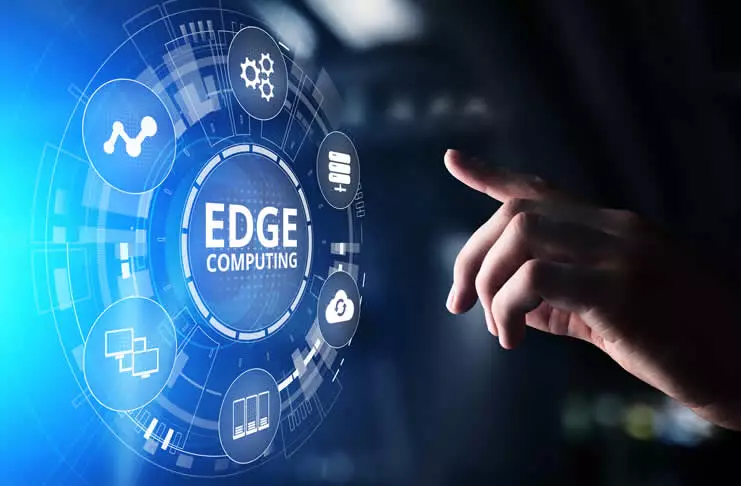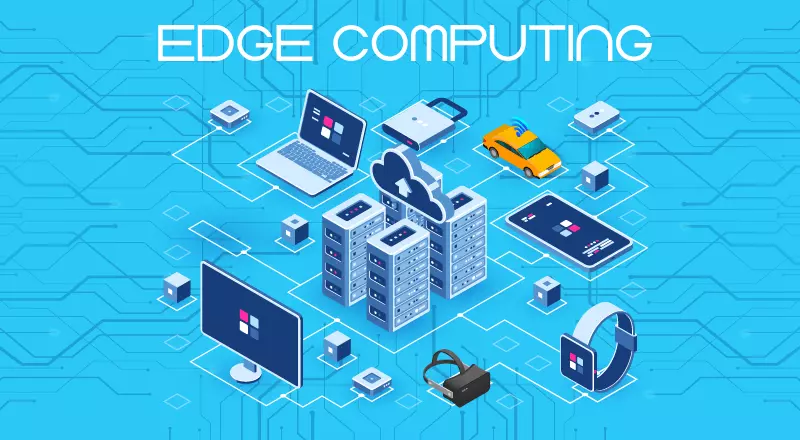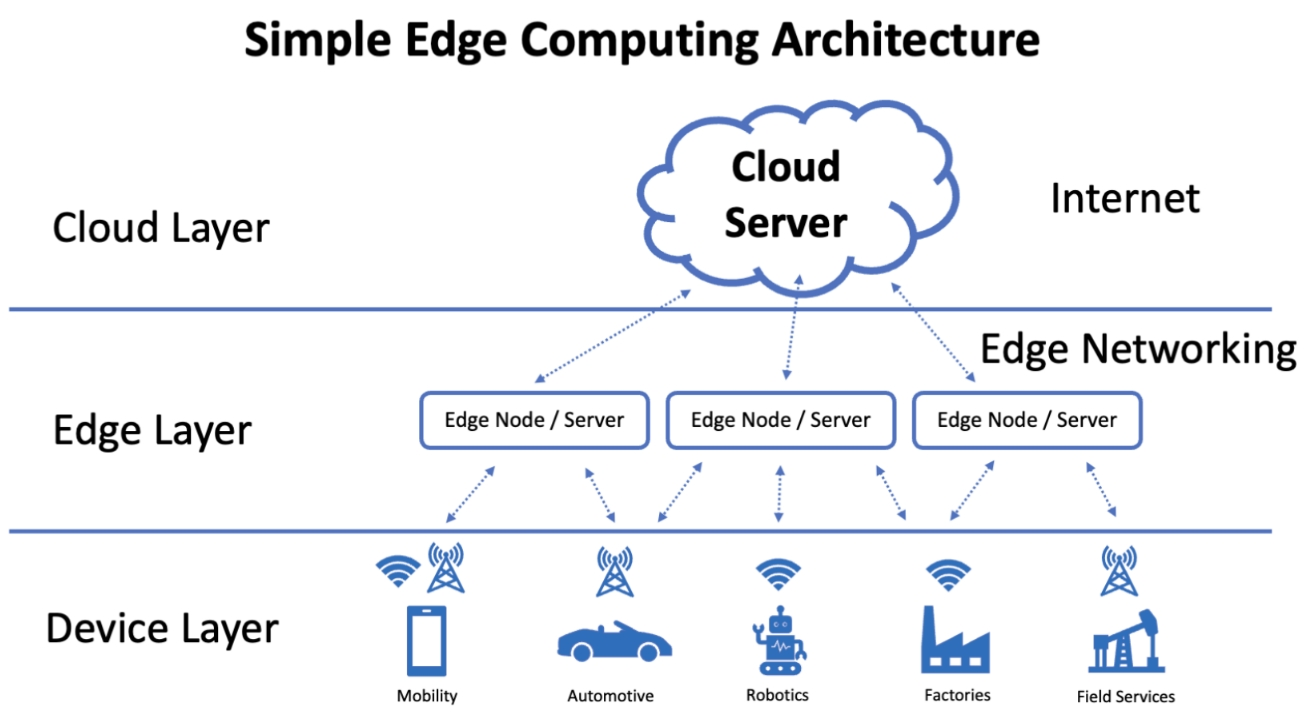
Due to the speed of technological evolution, one of the concepts that has attracted a lot of attention and changes the way we interact with digital systems is edge computing. Traditional centralized cloud computing has been the backbone of the digital age, but with increasing demand for low-latency processing and data privacy, edge computing has emerged as a powerful solution. By bringing processing units and data storage closer to the edge of the network, edge computing provides many opportunities for various industries, from smart cities and self-driving vehicles to healthcare and online gaming.

Edge computing can be defined as a decentralized computing infrastructure that brings computing and data storage geographically closer to the user. In fact, this type of calculation is made possible by using many computing resources in different geographical areas, and the end user will be connected to the nearest server. This proximity to the data source reduces latency, improves real-time processing capabilities, and increases the overall performance of applications.
Latency reduction: One of the key benefits of edge computing is its ability to minimize latency. By processing the data in a closer location, the time spent on data transfer is significantly reduced. This is especially important for applications that require real-time responses, such as autonomous vehicles, industrial automation, and online gaming.
Reliability: Edge computing provides greater reliability by eliminating the single point of failure in traditional cloud computing architectures. In this type of processing, the failure of a node does not lead to the complete failure of the system. This flexibility is critical for applications where even a few seconds of downtime can have severe consequences.
Bandwidth optimization: As the volume of data generated by connected devices increases, it becomes inefficient to transfer all that data to centralized cloud servers for processing. Edge computing enables data preprocessing at the edge, filtering out irrelevant or redundant data before sending it to the cloud. This optimization of bandwidth usage not only reduces costs, but also enables efficient use of network resources.
Increased data privacy: Privacy concerns have become very important in the digital age. With edge computing, sensitive data can be processed locally without being transferred to the cloud, thereby minimizing the risk of unauthorized access or data breaches. This is especially important in sectors such as healthcare, finance and government where data privacy and regulatory compliance are of utmost importance.

Internet of Things (IoT): Edge computing is one of the real realization factors of the Internet of Things. With billions of connected devices expected to be in use in the near future, edge computing provides the necessary infrastructure to process the massive influx of data generated by IoT devices. It enables real-time analytics, intelligent automation, and localized decision-making, making IoT applications more efficient and responsive.
Smart cities: Edge computing plays a vital role in transforming cities into smart cities. By deploying edge nodes across urban locations, cities can monitor and manage various systems including traffic management, waste management, energy networks, and public safety in real-time. Edge computing enables faster response times, efficient resource allocation, and improved citizen services.
Healthcare: Edge computing is revolutionizing the healthcare industry by enabling remote patient monitoring, telemedicine and real-time analysis of patient data. This enables faster diagnosis, reduces the burden on centralized healthcare systems, and ensures the privacy and security of sensitive medical data.
Autonomous Vehicles: The success of autonomous vehicles is highly dependent on real-time processing and decision making. Edge computing brings the computing power required for self-driving vehicles closer to the vehicle, enabling rapid response to changing road conditions and ensuring passenger safety.
The potential of edge computing is huge and its future looks promising. As the deployment of 5G networks expands, edge computing will become even more important in managing increased data traffic and providing ultra-low latency services. Additionally, with the growth of artificial intelligence and machine learning, complex computations are performed locally, reducing the need for a fixed connection to the cloud.
Edge computing represents a paradigm shift in the way data is processed and analyzed in the digital age. By bringing computing and storage closer to the edge of the network, features such as lower latency, greater reliability, and privacy are provided. With its applications across the Internet of Things, smart cities, healthcare, and autonomous vehicles, edge computing is transforming industries and enabling a decentralized digital world. As we look to the future, the potential of edge computing is vast and promises many exciting new developments and innovations that will shape the way we interact with technology.

I am Reza Babakhani, a software developer. Here I write my experiences, opinions and suggestions about technology. I hope that what I write is useful for you.
leave a comment